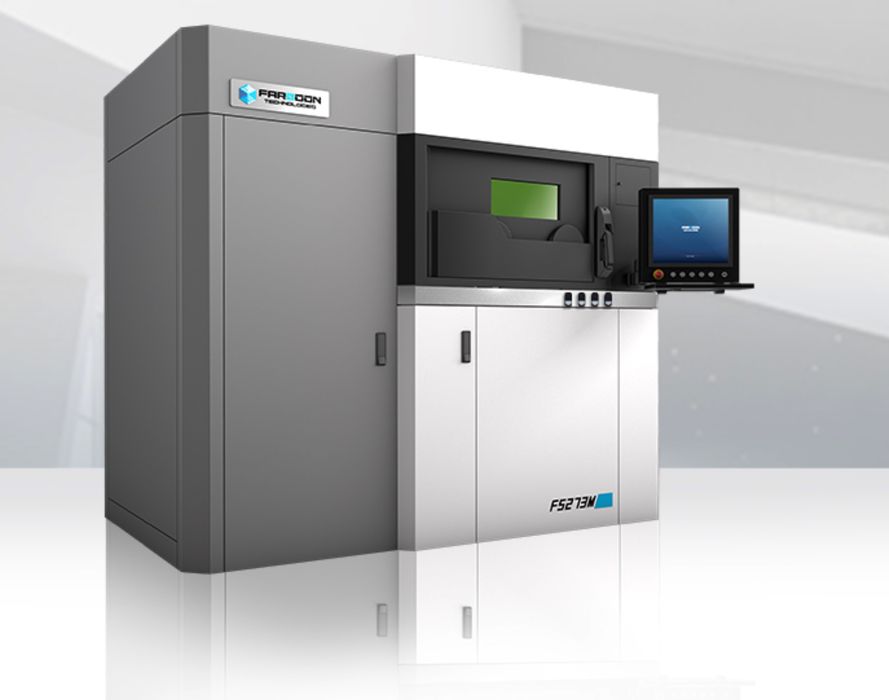
Farsoon added a new LPBF 3D printer to their catalog: the FS273M.
China-based Farsoon Technologies has been producing industrial 3D printers since their launch in 2009, and markets devices printing in either metal or polymers. Today the company has offices worldwide, including many countries in Asia, the Americas and Europe.
Their metal product line, denoted by the “M” in the product names, now includes five different devices, ranging from the entry level FS121M with its 120 x 120 x 100 mm build volume, to the massive quad-laser FS721M with its 720 x 420 x 420 mm build volume.
Where does the new FS273M fit into this line?
It turns out it’s actually the second smallest build volume of the five, at 275 x 275 x 355 mm.
You might wonder why Farsoon would introduce a smaller 3D printer, when the typical path is to continually add larger and larger machines. I suspect there’s some interesting logic happening here.
But first, let’s take a deeper look at the FS273M.
The FS273M is designed for production use, and has a larger powder capacity than other machines for that purpose. The powder capacity allows for a “full build”. It also has redesigned filtration systems that have “extended operation” so that they do not need to be changed as often.
The FS273M is equipped with a single 500W fiber laser, or optionally two 500W fiber lasers. The machine’s automated calibration allows for almost 2X throughput when the dual laser configuration is installed.
As you can see, this machine is designed for production.
If we look at the FS273M’s position in Farsoon’s product line, it is the second smallest machine. However, the smallest machine, the FS121M is not really designed for production use, whereas the FS273M definitely is for production.
I believe that Farsoon has identified a market for production equipment with a lower build volume and consequently a lower acquisition cost. They may have encountered prospects in situations where they want to do metal additive production, but not at the scale provided by Farsoon’s larger models.
This is what could have prompted Farsoon to introduce a smaller-sized production metal 3D printer.
Via Farsoon
